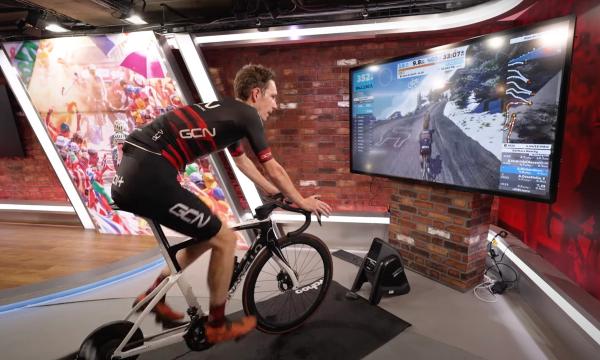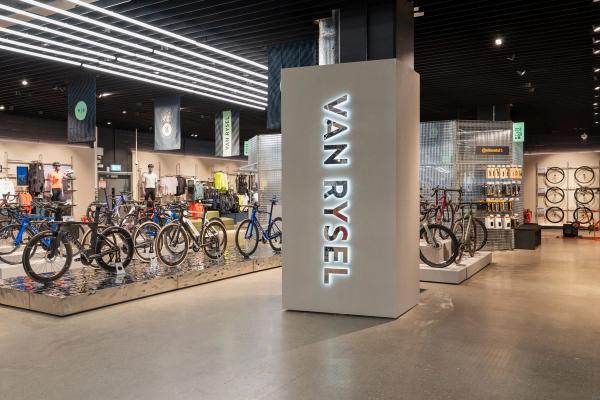What causes road rage between cyclists and drivers? We asked a transport historian
We’ve all heard it. Cyclists are ‘a nuisance’ and should clear the road ‘for those of us who pay road tax...' But where does this attitude come from?
James Howell-Jones
Junior Writer
Photo by Nick Fewings on Unsplash
Road sharing between cyclists and drivers is often a source of tension
It won’t come as a surprise to hear that there is sometimes friction between cars and bicycles on the roads. It might not be quite as bad as the clips that circulate on X (formerly Twitter) make it appear, but revved engines, close passes and impatient drivers are something cyclists encounter often. But where does this tension come from?
To find out, we spoke to Peter Norton, award-winning academic and author of Fighting Traffic: The Dawn of the Motor Age in the American City (MIT Press) and Autonorama: The Illusory Promise of High-Tech Driving.
Ultimately, Norton says that the friction between drivers and cyclists stems from the way our roads are designed, and the cultural conditioning to which everyone, from pedestrians to cyclists to drivers, has succumbed.
Read more: Jeremy Vine interview: I just couldn’t accept that I had to risk my life to get to work
To make our roads safe and pleasant for cyclists, and to tackle the kind of road rage that every cyclist has been victim to, we need to reshape our roads, then overturn a cultural norm that has been over 100 years in the making. That might sound impossible, but the change is already underway.
Road design signals that the roads are designed for cars
Whether you’re riding down a country lane or commuting through a town or city, entitled and aggressive drivers can crop up at any time. They’re often angry, and sometimes express that anger by passing close to you, revving their engine or saying something rude out of the window of their car. Experienced cyclists have learnt to brush this kind of thing off, but we’re always left with the same question: what happens when people get behind the wheel that makes them so short-tempered?
Norton says that this aggression is a design issue. Design our roads first and foremost for cars, and anything that disrupts the smooth flow of traffic, be that a cyclist, pedestrian or anything else, is viewed as a nuisance.
“A lot of aggressive driving isn't merely the result of a driver who is impatient or entitled, it's also the reflection of an environment that is saying not, not in words, but in design that this space is for you, the driver, this space is designed for you to meet your needs and to make it possible for you to drive. And not just drive, but drive fast without having to pay a lot of attention.”
Wide carriageways; big signage; green lights: the components of a modern street seem innocent enough in isolation, but together they create a clear instruction for drivers:
“It signals that the driver can therefore pay less attention and go faster. And it's an invitation, even, to feel annoyed at having to slow down for a cyclist or a pedestrian because that cyclist’s or pedestrian’s use of the street appears contradictory to what the design is saying.
“The design is saying this place is for you, the motorist.”
A brief history of road design
It wasn’t always like this, Norton explains. At the end of the 1800s and the beginning of the new century, city streets were shared spaces, filled with pedestrians, horses, hand carts and street cars or trams. They were even places where children played. Horse-drawn carriages moved slowly, and pedestrians darted between the lumbering traffic with ease. Electrified trams in the middle of the street were used as a supplement to walking – people hopped on and off to cross cities, completing their journeys on foot.
Then, in the first few years of the 1900s, new-fangled automobiles, the playthings of the wealthy, began weaving their way through the dynamic street scene. Completely unregulated, unregistered and unchecked, It didn’t take long for people to realise that these new automobiles were incredibly dangerous.
“And the conventional wisdom of that era, both in the courtroom and also in the newspapers, was that the person driving an automobile is imposing a hazard on others and therefore bears responsibility for any injuries or deaths that they may cause. It was self-evident in that era that the street is a place for all. And therefore, if you operate dangerous equipment, you bear the responsibility, not the person you hit, no matter what the other person was doing.”
But in the 1910s, as cars became more popular among the richest and most powerful people in society, the law shifted in favour of the motor car.
“It did not change through some sort of evolutionary incremental transformation, but through a radical and more revolutionary transformation. And it came about because people who had an interest in automobiles as a business – in selling them, in representing the interest of drivers and insuring drivers, also taxi cab companies, auto clubs, auto dealers, manufacturers – they were quite alarmed that their future, especially in cities, was going to be a very limited one if they didn't redefine streets as places where motorists have priority. That was a very far-fetched ambition in that era. It sounded wild and crazy. Even the promoters of it called it radical.”
And yet it succeeded. With the law on the side of motorists, cities began to morph to meet the needs of drivers. Streets changed. And over a period of 100 years, we ended up with a world that was quite literally made for cars. Zoning ordinances spaced out cities so walking from place to place was impossible. Suburbia separated people’s homes from their workplaces and amenities. The car became an essential tool for modern life, both to gain access to the street and to move through strung-out modern cities.
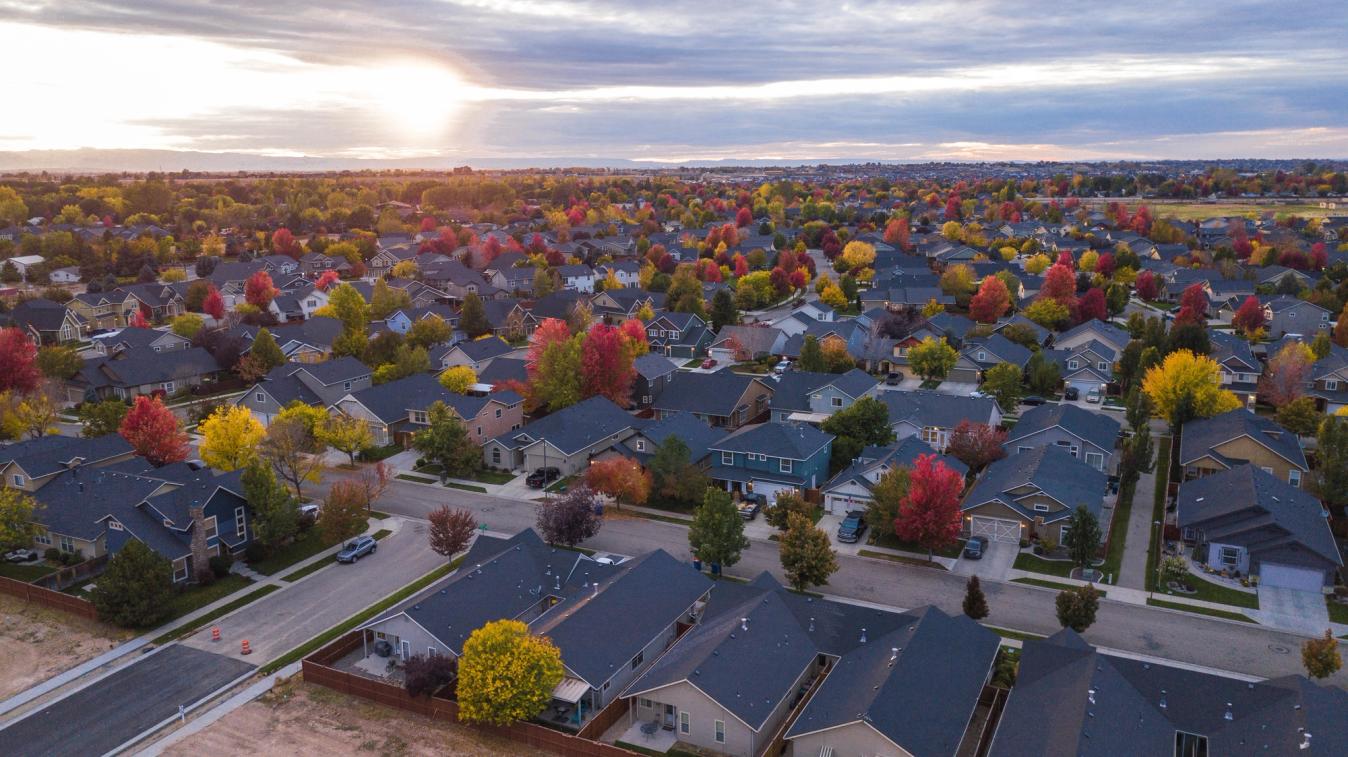
Image by Jimmy Conover from Unsplash
Designed for cars: modern life is too strung out for pedestrians
Years of conditioning have made the roads the property of drivers
The shift towards car usage wasn’t just physical. Car usage and ownership became a culture, and the idea that cars took precedence on the roads was buried deep into the psyche of the Western world.
“Generations have now grown up learning that the street is for automobiles to the point that you'll find pedestrians, often where they have the right of way, refusing to exercise the right of way merely because they've been so successfully trained that the street is always for the motorist,” Norton says.
Read more: Anarchy, utopia, and failure: The rise and fall of the shared space movement
“So that's a deep psychological effect. It reminds me very much of something that I've heard Germans say about the Berlin wall, where after the wall went down, they would say, well, the physical wall is down, but the wall in our minds is still there. And so this is a wall in the minds of drivers; it's a wall in the mind of cyclists; in the wall in the mind of pedestrians, and undoing that is a tougher task.”
This cultural consensus, paired with road design that puts cars ahead of pedestrians, has created the friction that we witness so often out on the roads. It’s given drivers the belief that they are entitled to drive quickly; that they deserve to move unimpeded. With that cultural backdrop, road rage and aggression become a reasonable response to obstructions and delays.
The cause of hostility between cyclists and drivers
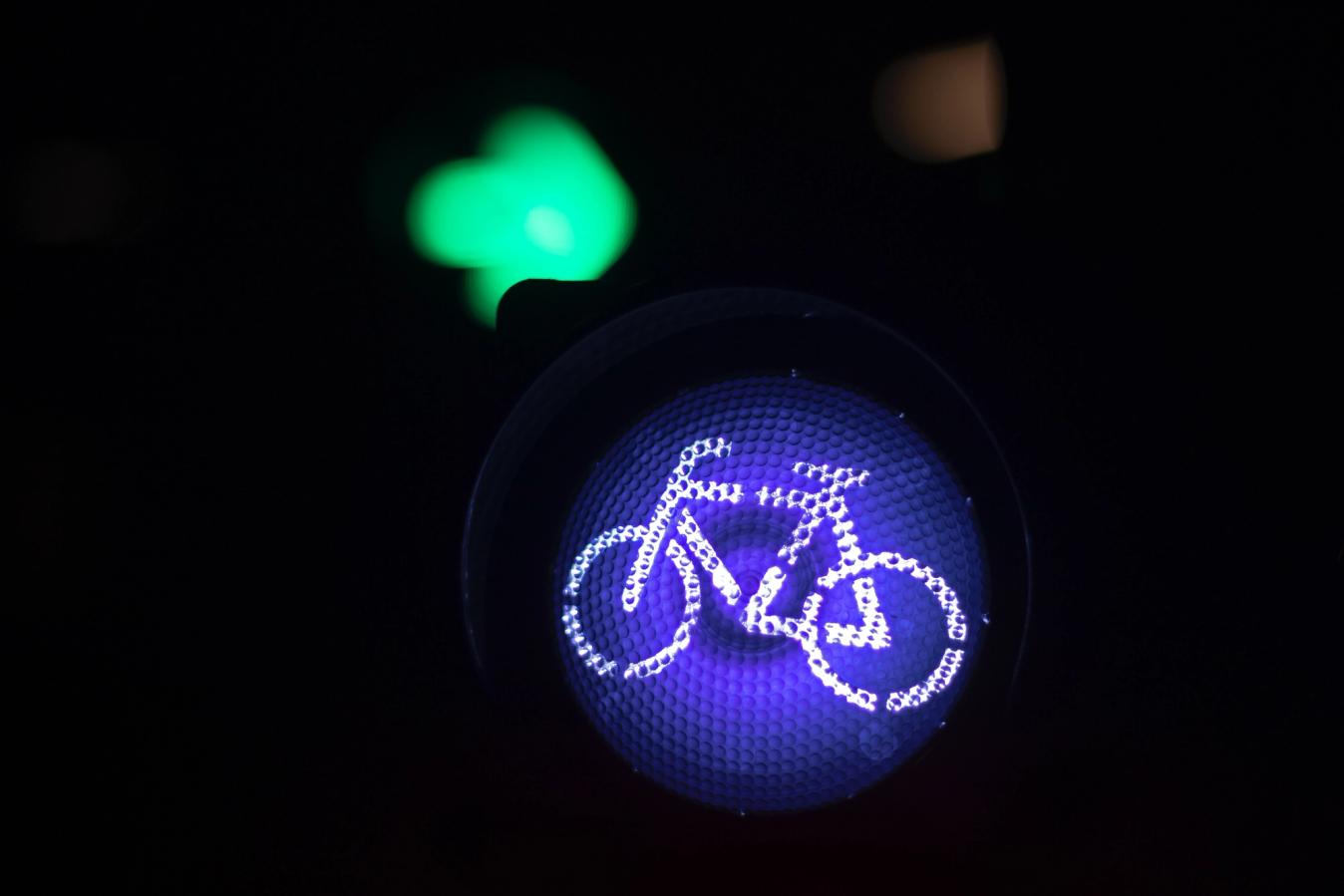
Photo by Piero Nigro on Unsplash
Cyclists' space on the road is often under fire, but why?
Given the conflict between drivers and cyclists has become so bitter in recent years, we asked Norton if there were any more specific considerations at play. Norton says it all comes back to fundamental human behaviours.
“I think you're seeing the hostility that you always see whenever human beings have to compete for the same essential resource. So if food is scarce, people fight over food. If fresh drinking water is scarce, people will fight over fresh drinking water. Well, if safe, usable street capacity is scarce, people will fight over that too.
“The original conflict involving cyclists and streets was between cyclists and pedestrians. There was incredible antagonism, especially in the 1890s, between cyclists and pedestrians, and there was constant discussion in the newspapers about reflecting real anger between these two groups, because that was where the competition for the shared space was intense. That kind of competition is what we're seeing now between cyclists and drivers, and relieving it will take making sure that cyclists have safe places to cycle.
“What we were really seeing here is the legacy of a traffic engineering judgement that the bicycle is a vehicle and that it belongs in the street, while at the same time, the street is to be designed to meet the driver's needs, not the cyclist’s. This is why, for example, we expect a cyclist to come to a full stop at every stop sign, even if they have some momentum. This is very costly on a cyclist, and the reason why that cost is totally disregarded is that the stop sign decision was made by people thinking only of drivers.
“So when we have streets where the design has the cyclist in mind from the beginning, and where the space is allocated such that the cyclist has a safe place to bike, and the driver is accommodated, that conflict can subside.”
Read more: Google Maps and Transport for London work together for better cycling routes
The solution
Changes like this are part of a broader restructuring of our road design approach that Norton advocates for. He says that for things to change, we need to flip the ‘traffic pyramid’, in exactly the opposite way that car lobbyists flipped it in the early 1900s.
“Imagine a triangle, and we put at the top of the triangle the transportation modes that we prioritise, the ones we favour most. We put at the bottom of the triangle those modes that we disfavour.
“The traffic pyramid of a century ago had walking at the top, cycling and trams came a little below that and drivers at the bottom. That pyramid was reversed. So we're talking here about revolutionary change, not evolutionary change.
Read more: New AI tool recreates streets to be bike-friendly
“I think the lesson we take from that historical example is that evolutionary change today will not be sufficient. In other words, our task is not to make the inverted traffic pyramid work, but rather to restore the traffic pyramid to its original orientation by inverting the orientation that it has now."
Of course, commercial forces prevent that from happening.
“There is a lot of money to be made selling battery electric passenger cars, and there's a lot more money to be made doing that than in, say, promoting walking, which is not a very profitable enterprise, or even promoting cycling.
“Because of that business interest, the most conspicuous, the most visible, the most prominent images of the future that we have do not show us people walking everywhere, cycling everywhere, or taking trams and buses everywhere. They show us people often alone, in a passenger car with a battery.”
Will things ever change?
With so much money and power backing the car-oriented status quo, it feels like streets will always be designed as clear thoroughfares for cars, not spaces for people. However, Norton has some hope. He compares the power of the car industry to that of tobacco companies in the 1960s. The industry was determined to push on through the health scares, but the number of smokers has since dropped significantly in the decades since the science showed the health implications of smoking.
Now, as the climate crisis worsens day by day, Norton thinks the next generation will fight for a new, powerful consensus.
“We are seeing a younger generation growing up, many of whom will demand the change that many people in older generations, including mine, unfortunately, resist. So I do think we're going to see extraordinary change. I fear that it will not be enough.”
Read more:
- In the US, bike trips increase 37% from 2019 to 2022
- Everything you need to know about the Cycle to Work scheme
In the biggest cities in the world, more and more is being done each year to limit the freedom of cars and drivers and enhance the liberties of walkers and cyclists. From a design point of view, it just makes sense: less emissions; more efficient movement of people; quieter, more pleasant urban spaces. For us cyclists, it’s better still. Road design tells us who ‘should’ be there. It determines the pecking order and sets expectations. The new trends for lower speed limits, more bike lanes and broader pavements or sidewalks send a message to everyone who uses the roads that the reign of the car is waning.
Drivers should not expect unrivalled access to the roads, and cannot feel justified when they feel anger and aggression. Piece by piece, we can dismantle the notion that roads are places for cars, and welcome in a transport revolution of the kind Peter Norton dreams of.
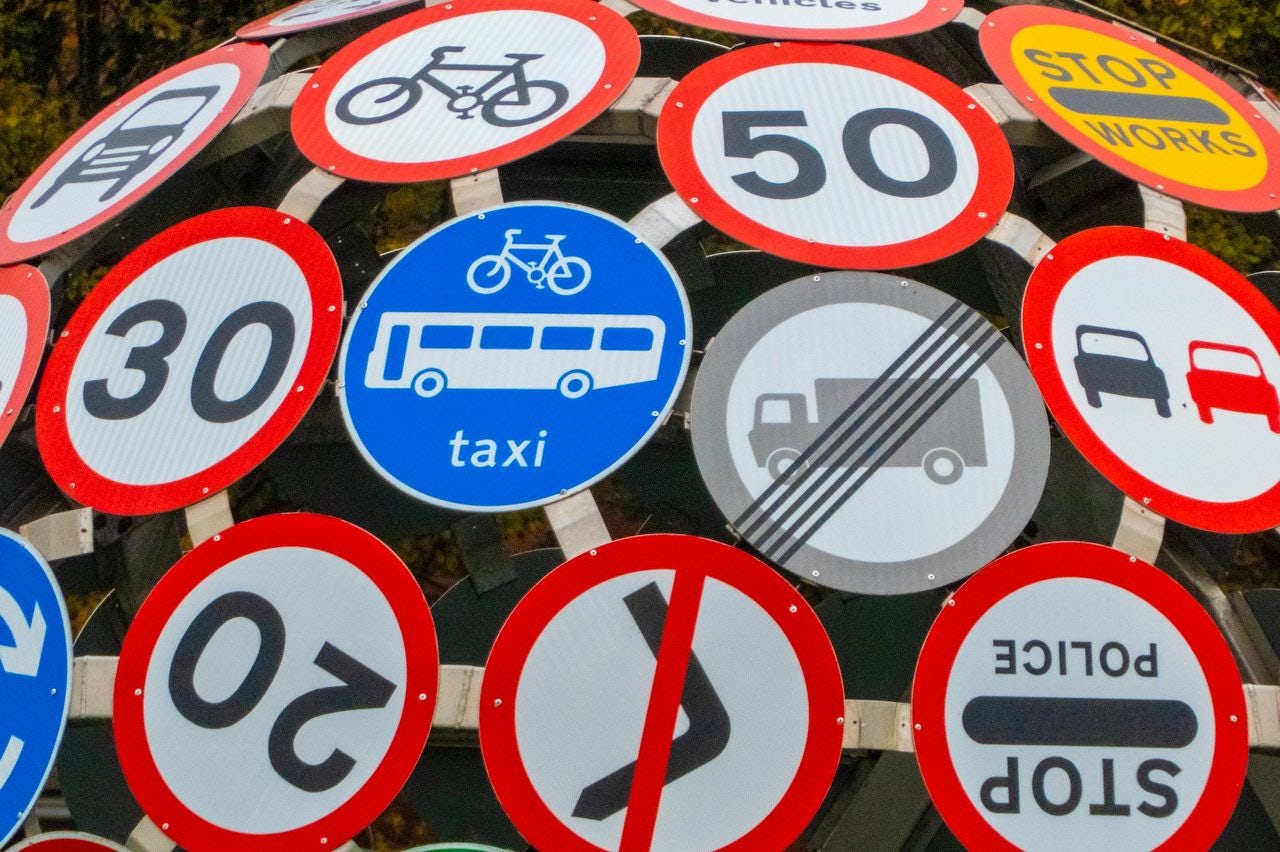






.jpg?w=600&auto=format)
